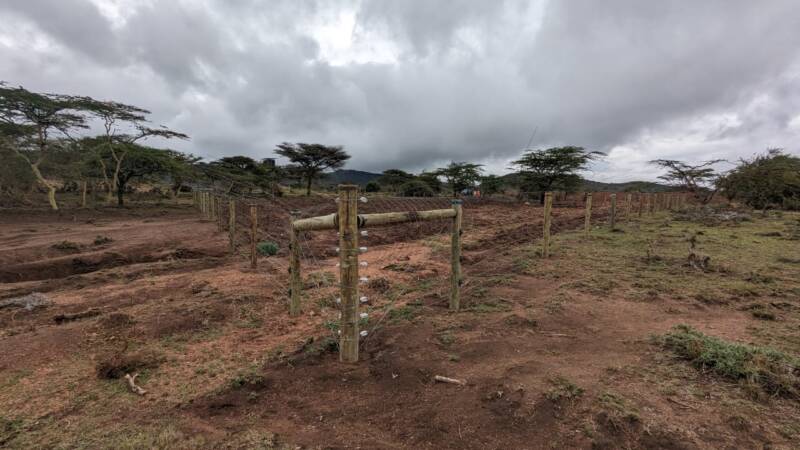Electric fencing is a widely used tool in wildlife conservation efforts. It serves as a barrier to prevent wildlife from entering specific areas or to protect them from human-wildlife conflict. In Kenya, Solar power is widely used in these types of electric fences to reduce the overall cost of running them.

What are the uses of Electric Fences in Kenya?
Human-Wildlife Conflict Mitigation:
Electric fencing is often deployed to mitigate conflicts between humans and wildlife. This is especially crucial in areas where wildlife poses a threat to agricultural crops or livestock.
For affordable, effective, and easy-to-use solar-powered electric fences in Kenya, Call/Text/WhatsApp 0722 708034 / 0720 456534 or Email: info@electricfences.co.ke
Crop Protection:
Farmers near wildlife reserves or migration routes may use electric fences to protect their crops from being damaged by wildlife.
Livestock Protection:
Electric fencing helps protect livestock from predators. It can be an effective deterrent against large carnivores such as lions, leopards, or hyenas.
Wildlife Corridor Management:
In areas where maintaining wildlife corridors is important, electric fences may be used to direct or restrict the movement of certain species.
Biodiversity Conservation:
Electric fencing can contribute to biodiversity conservation by creating safe zones for certain species, protecting them from poaching or habitat degradation.
Boundary Marking:
Electric fences are used to mark the boundaries of protected areas or reserves, helping to prevent illegal entry and activities. In Kenya, the best example is Karura Forest in Nairobi, where the electric fence stopped illegal tree harvesting and intrusion into protected areas. On the other hand, the electric fence at Karura Forest stopped crime in the area since the hideout for the thugs is now inaccessible.
Minimization of Physical Barriers:
Compared to traditional physical barriers like walls or trenches, electric fences are often more cost-effective and can be easier to install, minimizing disruption to natural landscapes.
Community Engagement:
In some cases, community engagement and education programs accompany the installation of electric fences. This helps local communities understand the purpose of the fence and promotes coexistence with wildlife.
Maintenance and Monitoring:
Regular maintenance and monitoring of electric fences are essential to ensure their effectiveness. This includes checking for damage, and vegetation interference, and verifying that the electrical components are functioning properly.
Conclusion
Electric fencing is a useful technique for conservation, however, there are moral and environmental concerns to take into account. For electric fencing projects used in wildlife conservation to be successful, careful planning, close oversight, and community involvement are essential. Furthermore, attempts must be made to reduce any adverse effects on wildlife’s normal behavior and migration patterns.